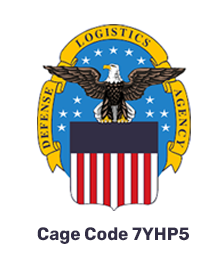January 18, 2024
Unveiling the Power of Packaging: A Deep Dive into its Role in Building Brand Identity

In the fiercely competitive business landscape, where first impressions matter, packaging plays a pivotal role in shaping a brand's identity. Beyond the mere containment of products, packaging serves as a silent ambassador, communicating a brand's values, personality, and story. Let's explore the multifaceted aspects of how packaging becomes a powerful tool in establishing and reinforcing brand identity.
Visual Impact
Packaging is the first tangible interaction consumers have with a product. The colors, graphics, and design elements contribute to a brand's visual identity, creating an instant connection with the target audience. Consistency in these visual elements helps in brand recognition and recall.
Reflecting Brand Values
Thoughtful packaging design can convey a brand's values and mission. Whether it's sustainability, innovation, or luxury, the packaging serves as a tangible representation of what the brand stands for. Eco-friendly materials, for instance, communicate a commitment to environmental responsibility.
Differentiation in a Crowded Market
In a market flooded with options, packaging becomes a crucial tool for differentiation. Unique and well-designed packaging not only captures attention but also sets a brand apart from its competitors. It can be a key factor in the consumer's decision-making process.
Storytelling through Packaging
Packaging tells a story about the product and its origins. Engaging narratives on the packaging can evoke emotions, creating a deeper connection between the consumer and the brand. This storytelling aspect enhances the overall brand experience.
Creating a Memorable Unboxing Experience
With the rise of e-commerce, the unboxing experience has gained significance. Brands now focus on creating memorable moments when consumers open their packages. This experience contributes significantly to brand loyalty and positive word-of-mouth.
Consumer Perception and Trust
A well-crafted package instills confidence in the consumer. It signals quality and attention to detail, fostering trust in the brand. On the contrary, poorly designed or inconsistent packaging may lead to skepticism about the product's quality.
Adaptability to Market Trends
Packaging design should be flexible enough to adapt to evolving market trends. Whether it's a shift towards minimalist aesthetics or an emphasis on sustainable practices, the packaging should align with the current zeitgeist to stay relevant.
In conclusion, packaging is not just a utilitarian aspect of product delivery; it's a powerful tool for brand communication and differentiation. As brands continue to navigate the dynamic consumer landscape, recognizing the strategic role of packaging in building a strong and enduring brand identity becomes paramount.



